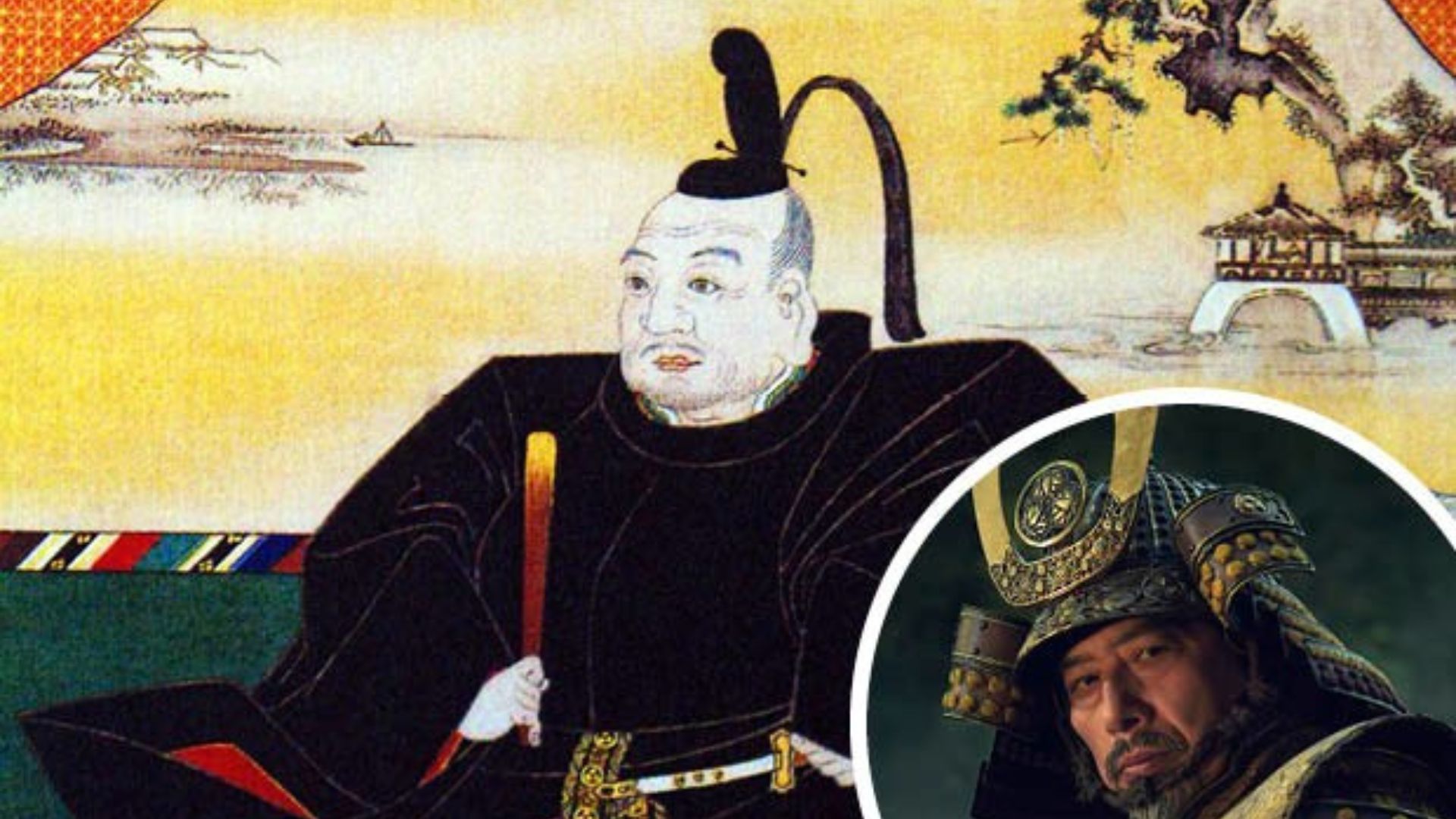Yamato Takeru, also known as Prince Ōusu, is one of Japan’s most celebrated legendary figures. He is often depicted as a heroic warrior prince with remarkable courage, strength, and determination, making him a symbol of the quintessential samurai spirit. His story, filled with mythical battles, divine intervention, and his tragic demise, has been passed down through generations, shaping the cultural and historical fabric of Japan. Yamato Takeru’s legend, as found in the Kojiki and Nihon Shoki—the earliest chronicles of Japanese history—offers fascinating insights into ancient Japan’s mythology, its view of kingship, and the ideals of heroism that would later influence the samurai ethos.
The Birth and Early Life of Yamato Takeru
Yamato Takeru was born as Prince Ōusu, the son of the Emperor Keikō of Japan. According to the Nihon Shoki, his mother, the Empress Jingū, was said to have been a descendant of the sun goddess Amaterasu, which signified Yamato Takeru’s divine ancestry.
From a young age, Yamato Takeru exhibited signs of extraordinary prowess. However, he is first mentioned in the historical records as a young man who, in his early years, faced many challenges, including internal conflict within the royal court and struggles with his imperial duties.
The First Great Trial: The Battle with the Eastern Barbarians
Yamato Takeru’s most renowned feats began when his father, Emperor Keikō, sent him to quell the uprisings of eastern tribes (often referred to as the Emishi people) who had refused to acknowledge imperial rule. At this time, these tribes were seen as threats to the unification of Japan under the Yamato court.
In one of his most famous early exploits, Yamato Takeru is said to have been tasked with defeating the Emishi. Armed with his legendary sword, Kusanagi-no-Tsurugi, a weapon of divine origin, Yamato Takeru set out to accomplish the seemingly impossible mission. The sword, which was originally obtained from a serpent god in one of his later adventures, became a symbol of his heroic status and played a key role in his triumphs.
One of the most famous stories from this period is his encounter with a giant wild boar that had been terrorizing the region. Using his quick wit and strength, Yamato Takeru is said to have used his sword to defeat the boar, establishing his reputation as a mighty warrior.

The Battle of the Kumaso
Another pivotal moment in Yamato Takeru’s career occurred when he was sent to the Kumaso clan in the southern regions of Japan. The Kumaso, a tribe that had been a longstanding adversary to the Yamato imperial family, had defied the emperor’s authority.
Yamato Takeru’s story of overcoming the Kumaso tribe is both legendary and tragic. While disguised as a woman to catch the enemy off guard, Yamato Takeru managed to infiltrate the enemy camp. In a daring raid, he killed the Kumaso chief with a surprise attack. However, his victory came at a personal cost—he was gravely injured in the process, leading to his temporary retreat to recover.
This event exemplified not only his strategic brilliance but also the sacrifices he made for his emperor and his country. It was through such acts of valor that he earned the title Yamato Takeru, which means “The Brave Prince of Yamato.”
The Swords of Yamato Takeru
A key aspect of Yamato Takeru’s legend is the mystical sword Kusanagi-no-Tsurugi (the Grass-Cutting Sword), which became a symbol of the imperial family. According to the myth, Yamato Takeru came across a serpent-like creature with eight heads, who had been terrorizing the land. Armed with his sword, Yamato Takeru defeated the serpent, and in the process, the Kusanagi sword was revealed as a powerful tool to ensure the prosperity of Japan.
The sword became one of the Three Sacred Treasures of Japan, along with the mirror and the jewel, which were all believed to be sacred symbols of the emperor’s divine right to rule. The Kusanagi sword, in particular, came to symbolize strength and honor, a legacy of Yamato Takeru’s unmatched heroism.
Yamato Takeru’s Final Journey and Tragic End
Despite his many heroic accomplishments, Yamato Takeru’s life was marked by a tragic and premature death. After many years of warfare, he returned to the imperial court, where he was summoned by the emperor to once again undertake a mission. However, during this final journey, Yamato Takeru’s health began to deteriorate.
It is said that Yamato Takeru succumbed to illness after being struck by a mysterious disease or a curse. As he lay on his deathbed, he is believed to have used his last strength to express his sorrow at the unfulfilled potential of his life and his desire to continue fighting for his country. His passing marked the end of an era and his mythical status as a warrior prince of unparalleled skill and virtue.
Legacy of Yamato Takeru
Yamato Takeru’s life and legacy continue to resonate throughout Japanese history, mythology, and culture. His story exemplifies the ideals of bravery, selflessness, and loyalty, values that were later enshrined in the samurai code of honor, or Bushido.
His actions and legacy inspired countless works of literature, drama, and art, and he remains a central figure in Japanese folklore and mythology. The Kusanagi-no-Tsurugi, his legendary sword, is said to still be kept in the Ise Grand Shrine, symbolizing the divine right of Japan’s emperors.
Moreover, Yamato Takeru’s image continues to live on in popular culture, often portrayed in modern manga, anime, and video games, where he is revered as one of Japan’s greatest mythical heroes.
Conclusion: A Hero Who Shaped Japan’s Mythology
Yamato Takeru is remembered as a towering figure in Japan’s mythological history, embodying the virtues of the samurai warrior and the divine mandate of Japan’s imperial lineage. His life story is one of bravery, sacrifice, and unwavering loyalty to his country. From his heroic battles against the Emishi to his tragic death, Yamato Takeru remains a symbol of Japan’s ancient warrior spirit. Today, his legacy continues to inspire generations as the quintessential warrior prince who defended the nation and became a living legend in Japanese culture.











